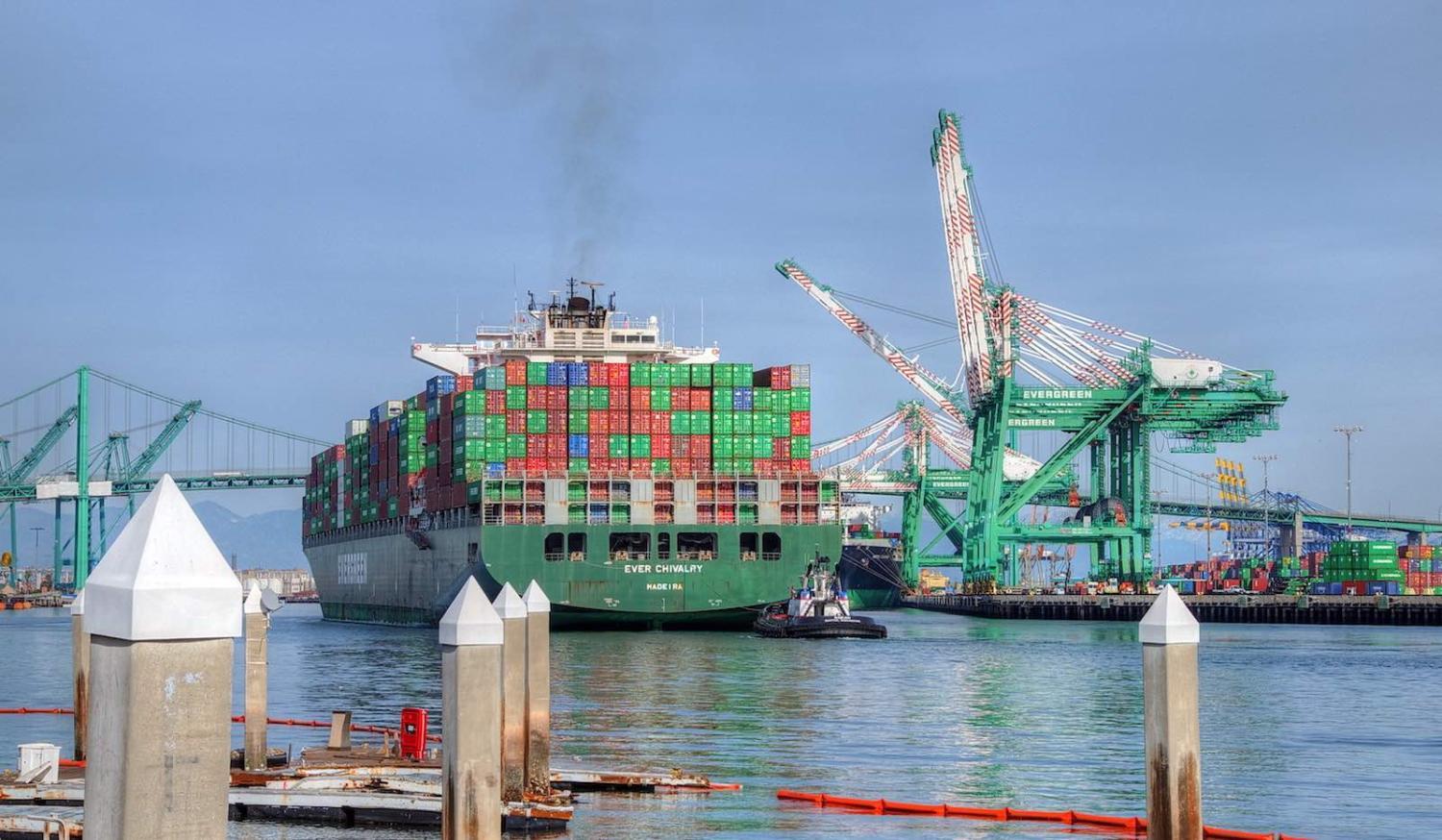- The World Bank research body was blocked from publishing – and then subsequently allowed – a new paper exploring how 7.5% of the money the international organisation had sent to developing countries was being stashed in secret offshore banks.
- Melissa Conley Tyler challenges the way development workers talk about aid to diplomats and recommends focussing on the value proposition of aid (in other words, rather than being just altruistic, to look at development for instrumental reasons as a tool of statecraft) and the national interest (for instance, in preserving “an open, inclusive and prosperous Indo-Pacific region”).
- The International Maritime Organization (IMO) has committed to reduce emissions from maritime transport around the world by at least 50% over the next 30 years. Dominik Englert and Andrew Losos argue that the investment required to reach this target would represent a $1 trillion-plus opportunity in developing countries.
- 2019 was a year full of turmoil and social instability around the world, often punctuated by massive protests. According to Francisco Ferreira and Marta Schoch, three explanations put these demonstrations in context. First, that the popular uprisings represented a social response to rising income inequality, and second, both economic growth and the pace of inequality reduction slowed down, along with middle-class growth, which generated frustration. But the third and most common explanation harks back to an explanation given more than 180 years ago by Alexis de Tocqueville, that as social conditions and opportunities improve, social frustration grows more quickly, because progress has been incomplete and insufficient.
- Climate finance is rarely channelled through national development banks of pooer nations. Instead, 92% is goes through the multilateral development banks, regional counterparts, development finance institutions or UN agencies. Samantha Attridge looks at three solutions for international institutions and climate funds to better engage with national development banks.
- China’s air quality monitoring and disclosure program triggered a cascade of changes in household behaviour with significant health benefits. Panle Jia Barwick and colleagues look at the causalities of those moving trends.
- Here is a nice interview with Lelys Dinarte from the World Bank’s research group about her work on after-school programs as a way of reducing violence in El Salvador.
- Finally, here is a great story about the successful conversion of the Swat Valley – from being one of the most dangerous spots on the planet under the control of the local Taliban between 2007–09 to a thriving hub in the middle of Pakistan.
Aid links: cutting shipping emissions, Swat Valley transformed, more
Links and stories from the aid and development sector.

Wide load (tdlucas5000/Flickr)
Published 26 Feb 2020
Follow @AlexandreDayant